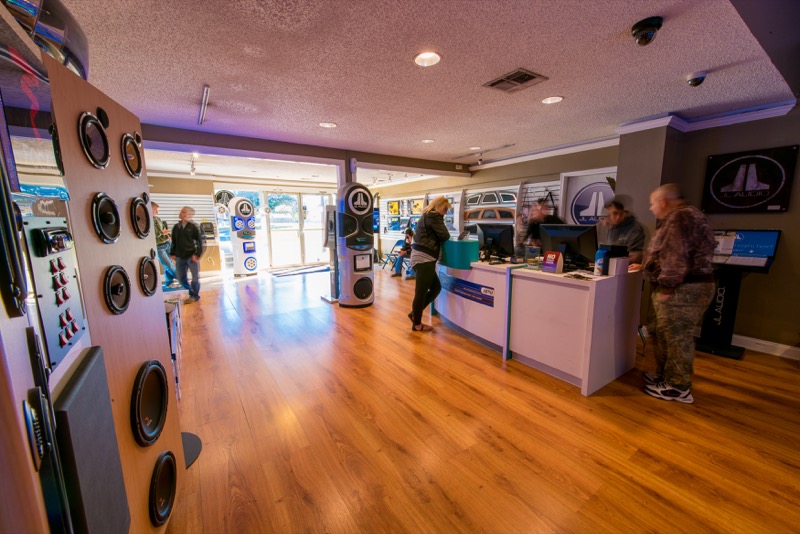
by Support Tech | Sep 19, 2016 | Car Audio, ARTICLES, RESOURCE LIBRARY
For decades, car audio enthusiasts have been fiddling around with the gain control on their amplifiers in hopes of “getting more out of them.” Many professional installers have scientific, repeatable processes in place to ensure these controls are set to provide the...

by Support Tech | Sep 19, 2016 | ARTICLES, Backup Safety, Bluetooth, Car Audio, RESOURCE LIBRARY, Satellite Radio
Brought to you by our friends at BestCarAudio.com When it comes to buying or upgrading a car audio system, there are hundreds of products to choose from and dozens of questions for you to ask the sales staff at your local car audio retailer. This article provides some...




